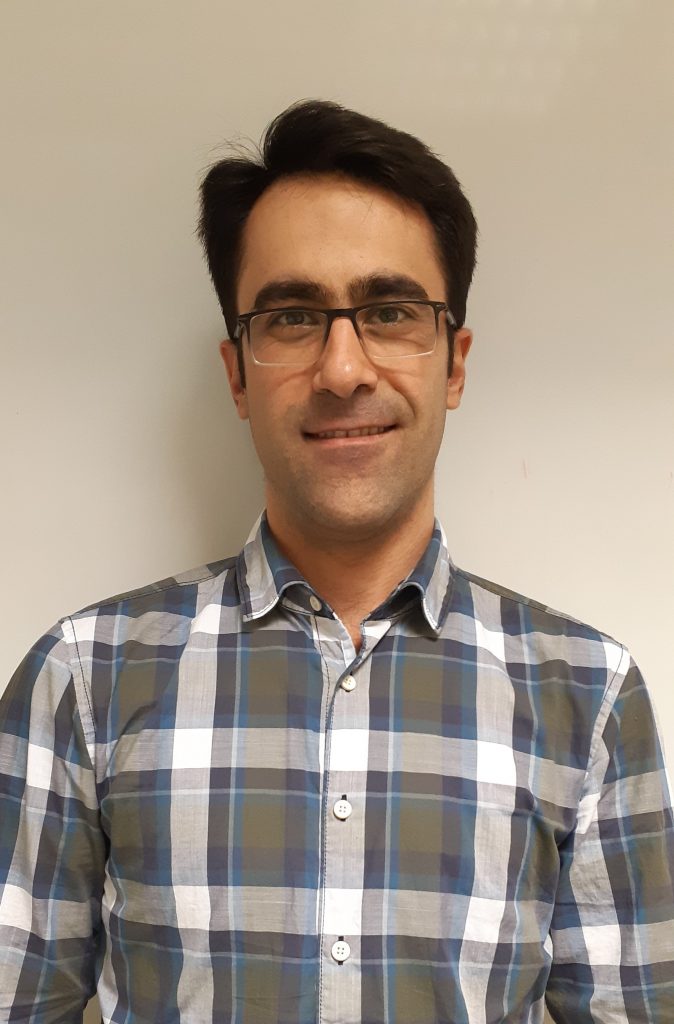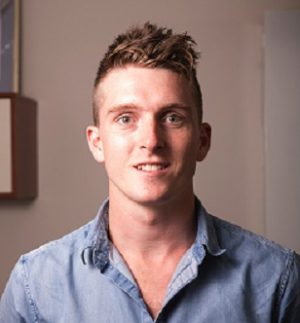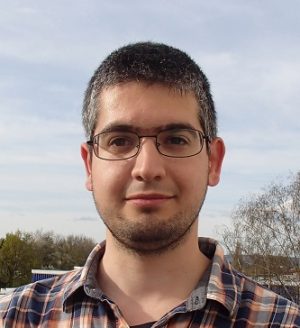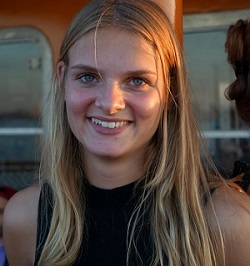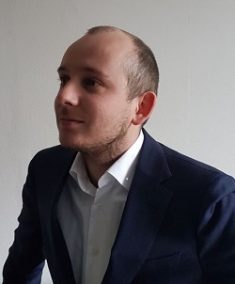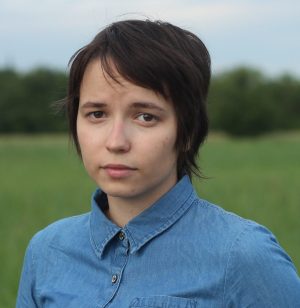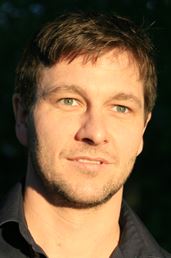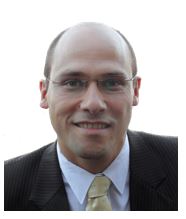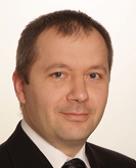Dario Mager studied MicroElectroMechanicalSystems (MEMS) at the University of Freiburg, where in 2004 he did his diploma thesis about the simulation of Geometry Dependent Sensitivity of Piezoresistive Stress Sensors in the group of Oliver Paul. He then joined the Group of Jan Korvink to build up an inkjet manufacturing lab. In 2010 he received his PhD in the Topic of Microstructuring using Inkjet Printing, were among other applications he showed the advantages of inkjet printing for manufacturing of geometrically precise complex shaped MR coils.
As a Postdoctoral Research Associate he stayed in the Group of Jan Kovink at the University of Freiburg which moved in 2015 to the Karlsruhe Institute of Technology (KIT). Since obtaining his PhD he build up a lowcost-MEMS Group that that focuses on MEMS that is fabricated without a conventional cleanroom. His research interests include inkjet based micromanufacturing of MR sensors, intelligent system design based on embedded electronics with a focus on Lab-on-a-Disk based point of care diagnostics.
5 most relevant publications:
1. S. M. Torres Delgado, D. Kinahan, F. S. Sandoval, L. A. Julius, N. A. Kilcawley, J. Ducrée, and D. Mager, “Fully automated chemiluminescence detection using the electrified-Lab-on-a-Disc (eLoaD) platform,” Lab Chip, vol. 16, no. 20, pp. 4002–4011, 2016.
2. J. Höfflin, S.M. Torres Delgado, F. Suarez Sandoval, J.G. Korvink, D. Mager. Electrifying the disk. Lab on a Chip 15, 2584 (2015).
3. D. Mager, A. Peter, L. Del Tin, E. Fischer, P.J. Smith, J. Hennig, J.G. Korvink. An MRI Receiver Coil Produced by Inkjet Printing Directly on to a Flexible Substrate. Medical Imaging, EEE Trans Med Imaging 29, 2, 482 (2010).
4. D. Stüwe, D. Mager, D. Biro, J.G. Korvink. Inkjet Technology for Crystalline Silicon Photovoltaics. Advanced Materials 27, 4, 599 (2014).
5. N. Spengler, J. Höfflin, A. Moazenzadeh, D. Mager, N. MacKinnon, V. Badilita, U. Wallrabe, and J. G. Korvink, Heteronuclear Micro-Helmholtz Coil Facilitates μm-Range Spatial and Sub-Hz Spectral Resolution NMR of nL-Volume Samples on Customisable Microfluidic Chips, PLoS ONE, e0146384, 2016.
